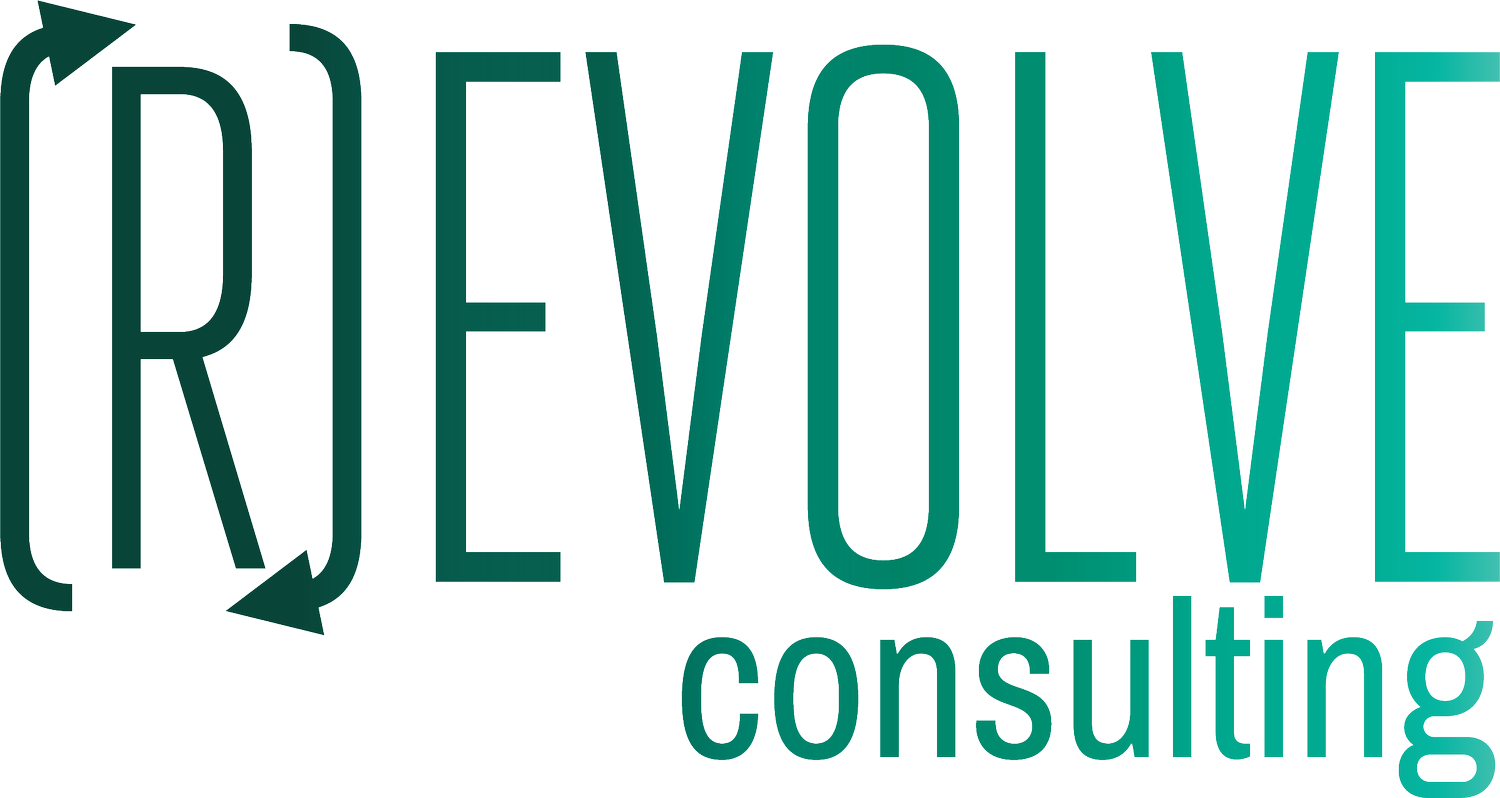Guide to Inclusive Interview Questions
This guide provides strategies to craft belonging-centered interview questions that demonstrate inclusivity and help build stronger, more diverse teams.
Aligning interview questions with the organization’s mission, vision, and values—particularly their connection to belonging—allows candidates to demonstrate their alignment with the culture. Since candidates also assess the organization during the interview, this approach reinforces its commitment to fostering an inclusive and belonging-focused environment.
Example: “Our organization is committed to our mission of “fostering a workplace where everyone feels valued and supported.” Can you share an example of how you’ve contributed to creating an inclusive environment in a previous role? What actions did you take to ensure all perspectives were acknowledged?”
Inclusive language refers to communication that is respectful, accurate, and considerate of all individuals, regardless of their background, identity, or abilities. It avoids bias, stereotypes, or exclusionary terms and instead fosters a sense of belonging and respect.
Ultimately, inclusive language promotes fairness, dignity, and a welcoming environment for all, ensuring that communication does not inadvertently exclude or alienate anyone.
- Using “they” instead of “he/she” or “chairperson” instead of “chairman” to avoid assumptions about gender.
- Using plain language and avoiding acronyms, idioms, or terms that might exclude non-native speakers or people from different educational or professional backgrounds.
Features That Detract From Inclusive and Belonging-Centered Interview Questions
A diversity question is typically a single question that asks about the candidate's experience working with “diverse people” or doing “diversity work.”
Problem: This sends the message that belonging and inclusion are compartmentalized and unintegrated. It also signifies that the organization views belonging and inclusion as an issue of compliance rather than a focused commitment throughout.
Solution: Interlace aspects of belonging throughout the interview questions. Belonging does not happen in a vacuum and therefore should not be compartmentalized in the interview as if it does.
Questions that ask the candidate to divulge information about their current or former place of work that could be unfavorable.
Problem: This puts the candidate in a vulnerable situation especially considering they may need to return to the place of work in question. It may also send a message about organizational values for gossip and negativity.
Solution: Ask questions focused on the candidate. If what you are asking is relevant to the position, write a question more closely aligned with the information you are seeking.
Example: Instead of “In what ways would you change your last supervisor?”, ask “What type of supervision works best for you?”
A nebulous question is one that is intentionally unclear or vague.
Problem: Vague and unclear interview questions make it challenging for candidates to understand what is being asked, leading to less effective responses. Additionally, they make it difficult for interviewers to establish clear evaluation criteria and create a consistent scoring rubric, increasing the risk of biased assessments.
Solution: Write more targeted questions that can be scored based on a rubric while still allowing candidates to be spontaneous and creative.
Example: “Describe a time when you were working on a project with a team that had diverse perspectives. How did you ensure all viewpoints were considered?”
Problem: Idioms and metaphors rely on cultural understanding that may not be shared by all candidates. They can also create confusion for non-native speakers or neurodiverse individuals.
Solution: Use clear and direct language. When using examples, rely on real-world, relevant scenarios instead of abstract concepts.
Example: Instead of “hit the ground running,” ask “In order to be your most effective in the position on day one, what resources do you imagine you will need?”
Avoid phrases like: “Go the extra mile”, “learn the ropes”, “address the elephant in the room”, “bring something to the table”, etc.
Problem: The importance of someone’s identity is self-determined. Avoid assuming how important someone's identity is to them.
Example: Instead of asking “As a person of color, how would you navigate giving someone feedback?”, ask “Can you describe a time when you had to give feedback to someone with a different perspective or background from your own? How did you approach it, and what steps did you take to ensure the conversation was constructive?”
Problem: In an interview, you want to assess the actions that create environments of belonging rather than familiarity with the “right terminology.”
Solution: Describe the actions and outcomes you are seeking instead of using jargon.
Example: Instead of “how do you promote intersectionality in your work?”, ask “In what ways do you advocate for everyone’s unique characteristics and identities to be recognized and valued on the team?”
Problem: Deficit-centered questions focus on what a candidate lacks or has done wrong. This can feel like a trap and may lead candidates to believe the organization is not a place where they can thrive.
Solution: Focus on opportunities for growth and lessons learned.
Example: Instead of asking “What is your most limiting weakness?”, ask “Can you share a skill or area where you’ve been working to grow, and how you’re approaching that development?”
Problem: Misrepresenting your organization’s current progress toward belonging can lead to mismatched expectations and eroded trust.
Solution: Be transparent about where your organization currently is and share a vision for the future.
Example: “We’re working toward creating a more inclusive culture at X organization. What skills and talents do you bring that could advance our goal of having a thriving culture of belonging?”
Problem: Non-inclusive language can unintentionally signal that the organization lacks awareness or commitment to inclusion and belonging. This can make candidates feel unwelcome or undervalued.
Solution: Remove non-inclusive language from questions. A simple internet search can offer alternatives for potentially exclusionary terms.
Example: Instead of “How would you collaborate effectively with the chairman of a committee to ensure project success?”, ask “How would you collaborate effectively with the chairperson of a committee to ensure project success?”
